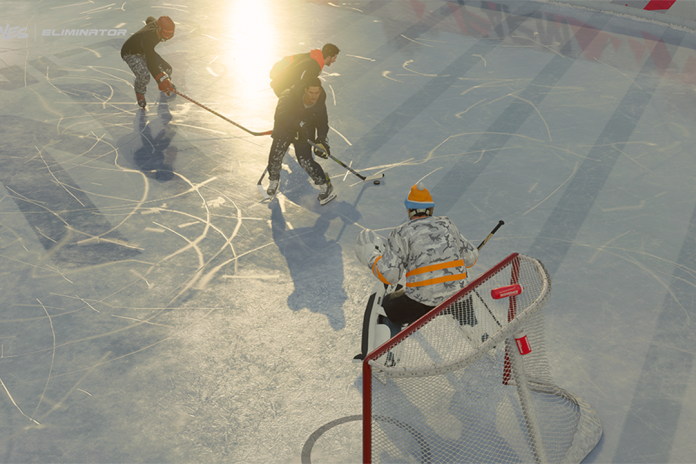The newest iteration in the EA Sports hockey franchise is officially here. NHL 25 features reworked skating, skill based one timers, and a Franchise Mode overhaul, welcomed editions no doubt. While the game is an improvement over last years, there is still a long way to go in making a perfect NHL video game.
While game play feels good, and Franchise Mode got some love this year, HUT has seen an overhaul as well. However, these changes were not all seen as positive improvements.
Hockey Ultimate Team is a “build your own team” type of mode. Players collect cards, and these cards are used to build a team. Cards can be bought and sold on the auction house, or made through exclusive sets.
A major complaint over the past few years has been the repetitive nature of HUT. There’s only been three game modes within Ultimate Team, and rewards used to work on a weekly cycle. Depending on your rank, each week you would receive rewards for playing the game. However, many people felt like the game was a second job, and was too much work. This has changed this year though. Players receive rewards at their own pace, allowing you to play however you want. This is perfect right? Not quite. There are not enough rewards in the game to sustain the market place, which has caused everything to be too expensive, and no one can afford to make any of their favourite cards. This makes enjoying the mode difficult, as the whole point is to use your favourite players, yet they aren’t affordable.
Hockey Ultimate Team is hard to enjoy, so let’s dive into Franchise Mode. Franchise is a mode where you get to be the team’s GM. You trade and sign players, and manage a team just like you would expect to if you ran an NHL team. The additions to Franchise Mode have made the game feel more realistic. We have seen no trade clauses, and no movement clauses finally make an appearance in the game. Many of the best players in the NHL have these clauses, but the game didn’t until now. These additions promote realism: finally people can enjoy the struggles of managing a roster the way NHL GMs do. The new menus also allow for a much smoother navigation, making it much more user friendly: a better experience all around.
You can’t discuss a new video game without talking about gameplay, and the gameplay this year has some interesting changes. Skill-based one timers force the user to time their shots, allowing more control to the player, while the new reworked skating more accurately replicates your favourite NHL skater’s edge work. Combined, these changes have led to a much more realistic feel to the game. You can now walk the line, and power plays feel like the way they look on TV. These gameplay changes have been a step in the right direction, and have been incredibly fun to use.
Electronic Arts has made improvements in some facets of the game, but in others these alterations have missed. All around the game is different from last year, and is a step towards a perfect game. However it’s just not quite there yet. This year’s upgrades focused on realism, and they worked, but hurting the Ultimate Team mode is a negative. All around it’s a new game, and it feels as such, but it’s not perfect just yet. Hopefully the near future brings us a flawless game, but for now it’s one step closer.




